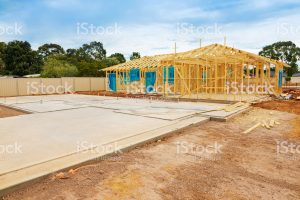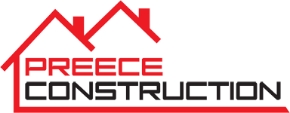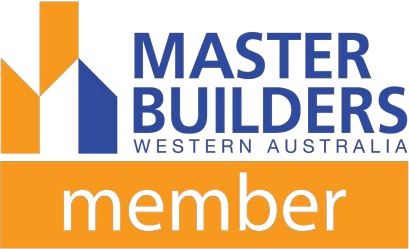You need a block of land before you can build a home.
 But you may not realise that the type of block you buy can significantly affect the type of house you can build on it. Here are some of the things to consider:
But you may not realise that the type of block you buy can significantly affect the type of house you can build on it. Here are some of the things to consider:
- Block Shape – A long skinny block will need a long skinny house. A block with a slope from front to back or side to side will need a home that is partially elevated, or a home with several levels to take advantage of the natural fall of the land.
- Block Level – It is more cost effective to build on a flat block than it is to build on a sloping block. The more acute the slop, the more expensive the build. A contour survey will be required for a slopping block.
- Block Location – If your block is in a heavily wooded area, the home that you build will have to comply with the “Bushfire Rating” standard and this could add thousands of dollars to the cost of building. You may need to have special timber species for any external posts and ember management barriers.
- Available Services – Are all the services, telephone, NBN, water, electric, gas, sewerage connected to the block? If one or some of these are not available, you may have to pay extra costs to have them connected.
- Local Council Regulations – Does the house you would like to build have to comply with special local government requirements, for example, does the metal roof have to be a particular colour? If you build a shed as well as your house, does the shed have to be the same colour as the house?
- Access – Does the block have good access and space within the site to store the building materials, the contractor’s toilet and skip bin.
- Soil – What type of soil is on the block? Some soil types may require the slab to be thicker. If the block has been filled but was not compacted at the time, it will need to be done and you will have to pay the extra costs.
- Coastal Location – If the block is near the coast the house may have to withstand higher winds so there may be additional costs for extra bracing. Also, some parts of the building may need galvanised or stainless steel parts and fixings because of the salt corrosion in the air.
- Noise – If the block is located near a busy highway you may need to consider double-glazing and other noise mitigation, which can increase the building costs.
- Neighbourhood – Don’t forget to check out the neighbour before you buy. If you like a quiet life, make sure there are no children or very few children in the immediate vicinity.
There is more to purchasing a block than simply buying off a residential development plan. You need to do your own research and work closely with a builder that you can trust.





